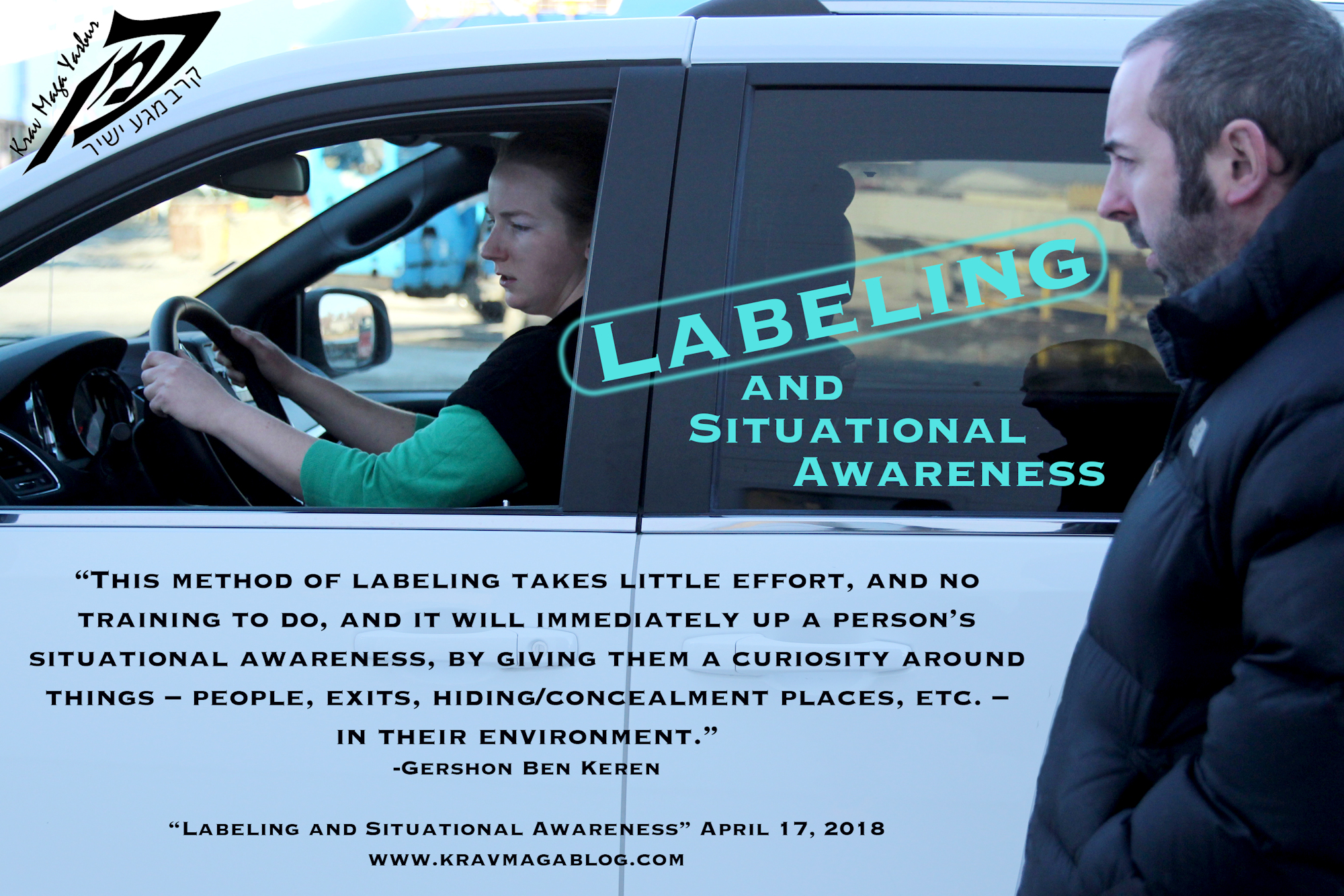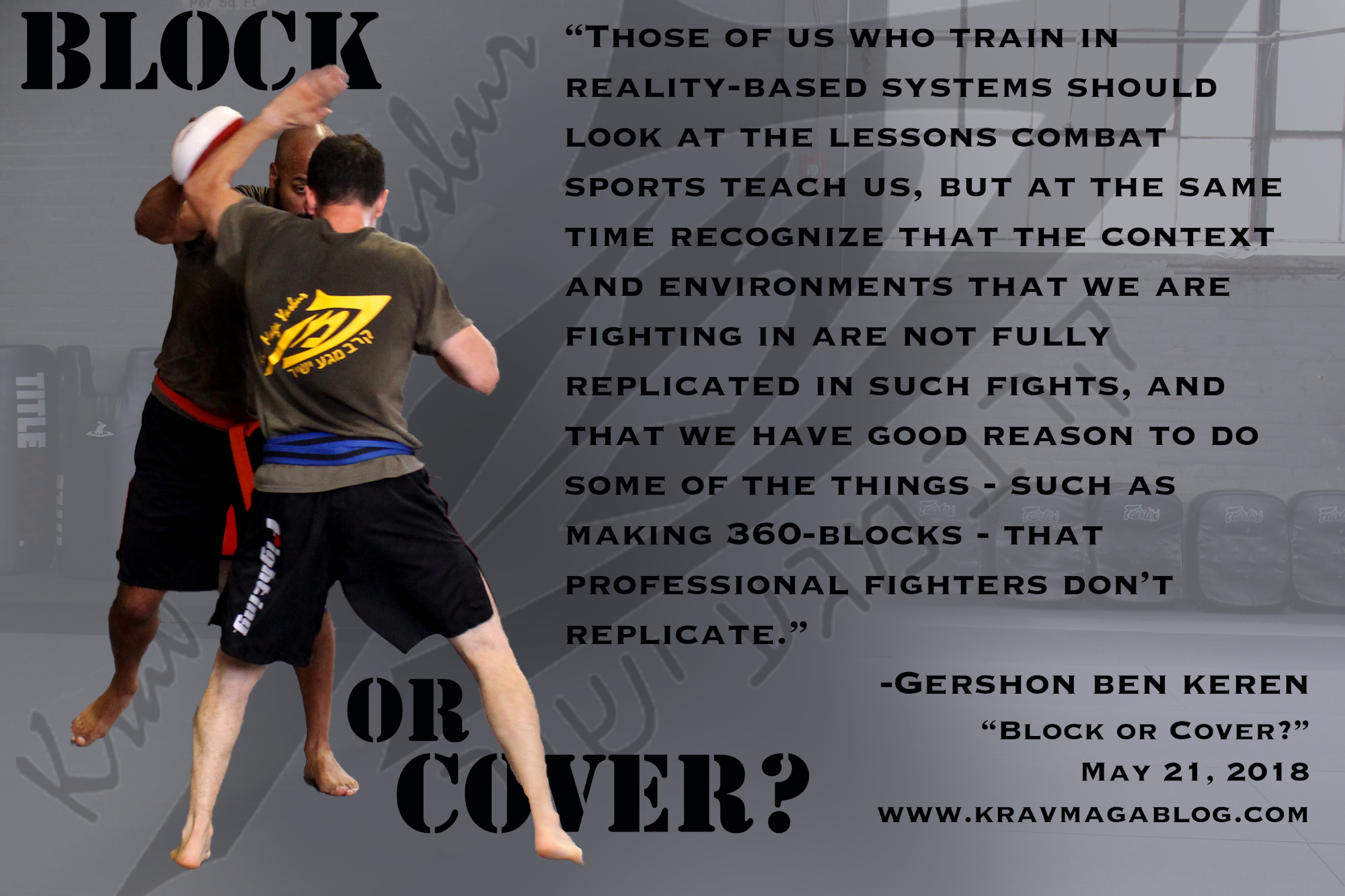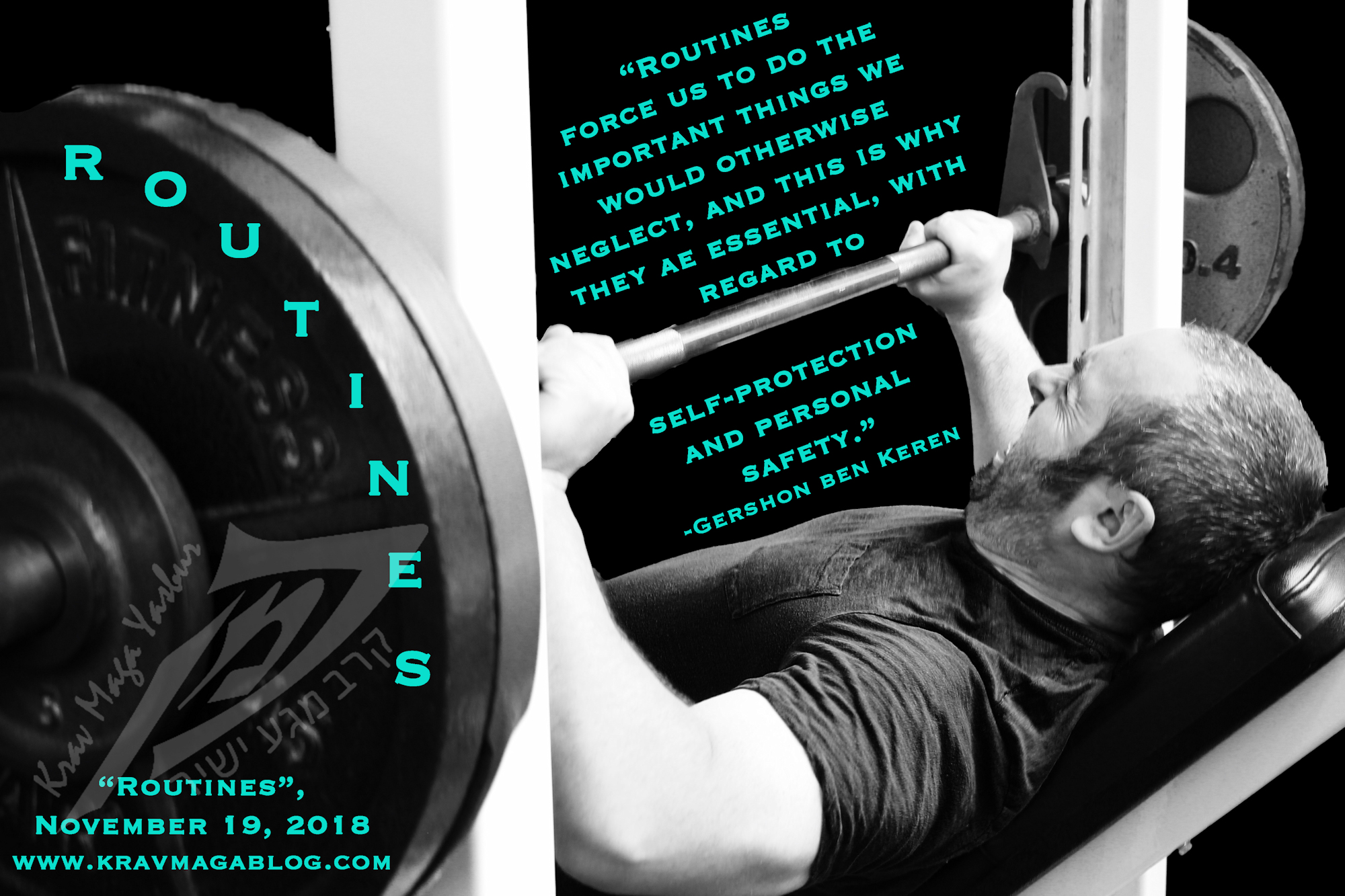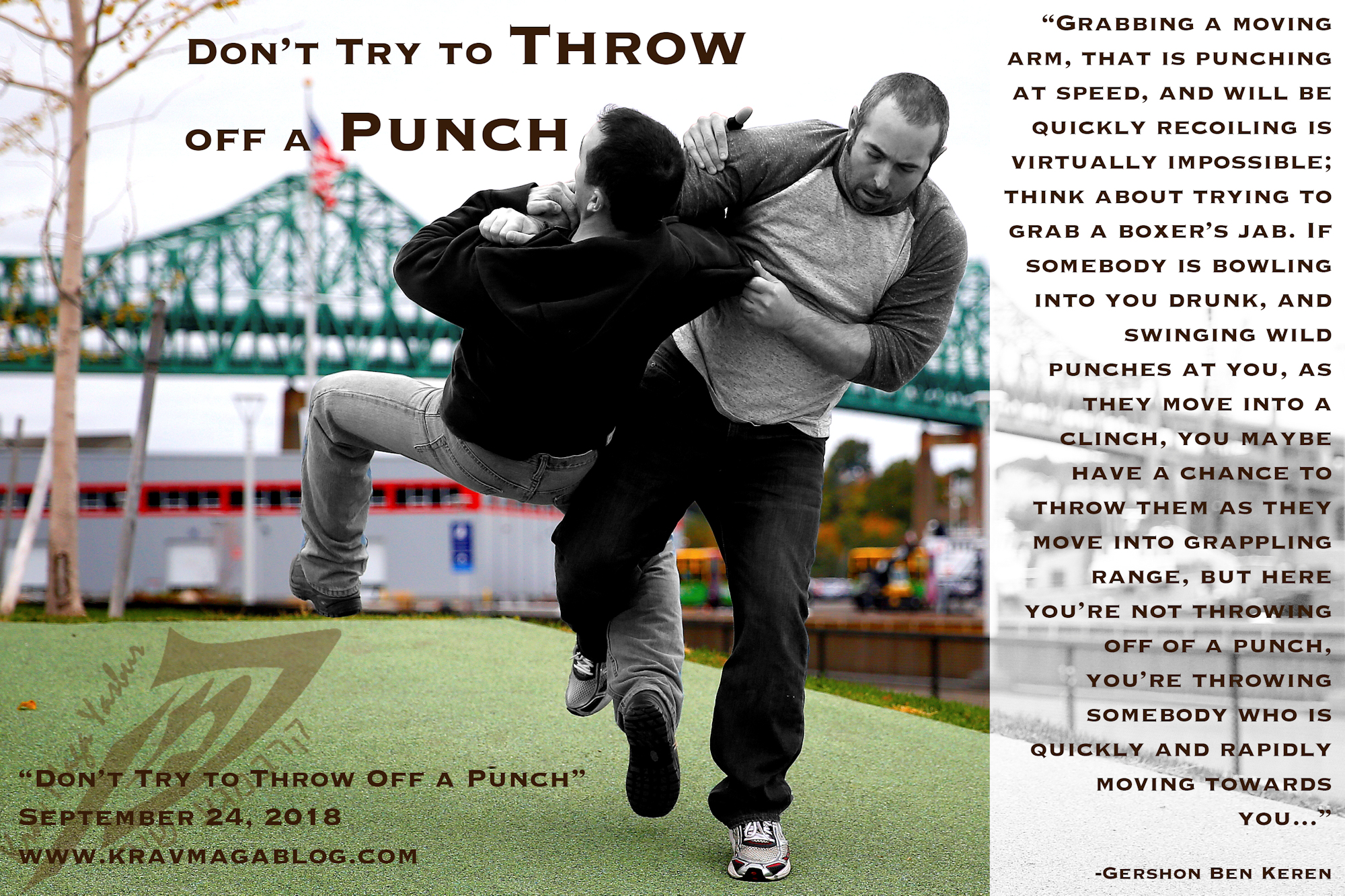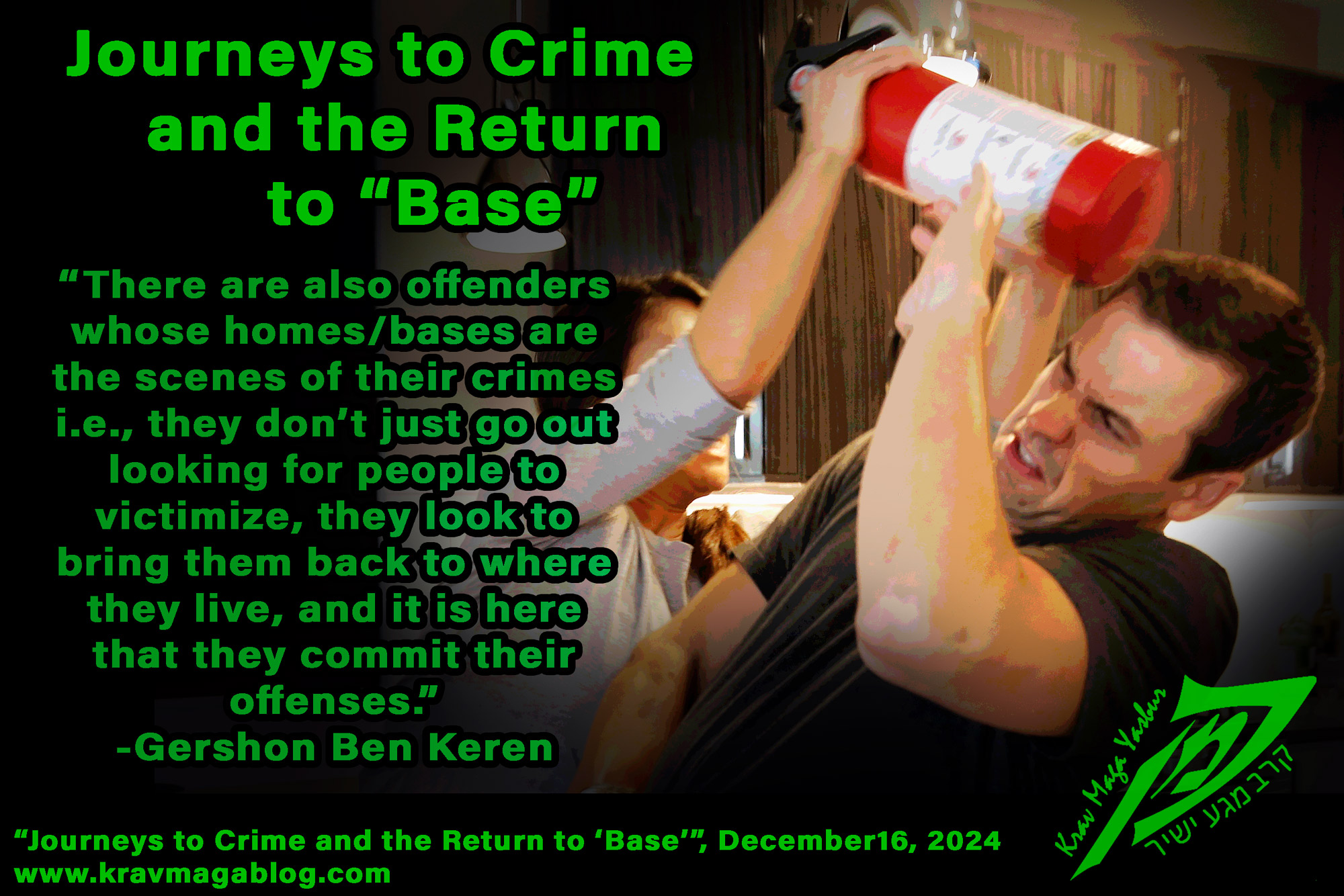Motivating Factors, is an article written by Gershon Ben Keren, a 5th Degree Black Belt in Krav Maga, who teaches Krav Maga in Boston, MA. He has also authored three Amazon best-Selling Books on Krav Maga.
Without a motive there can’t be a crime. From a legal perspective, motive can be seen as the “desire which prompts conduct”, and whilst in a court room a lawyer may base their case on a single driving desire, such as revenge, most violent crimes are driven by several types of desire/motive e.g., there may be a need for revenge, however revenge is likely to be the product of frustration, shame, and the need to acquire some intangible goal, such as respect; and it is these underlying needs that combine to form a “motive” such as revenge etc. In this short article I want to look at five facets of motive, whose first letters form the acronym FABER. These are: Frustration, Acquisition, Boredom, Enjoyment and Respect. These combine at times, to differing degrees, to create/form motives, that we might give specific titles to such as “revenge”.
I have written before about the Anger-Frustration hypothesis that was developed by Yale Psychologists, Dollard et al., in 1939, and modified in 1941, to look at how being blocked from achieving an anticipated goal, would result in frustration, that could lead to anger, which in turn could result in violent action(s) e.g., a person who is next in line to be served at a bar (anticipated goal), finds that the bartender chooses to serve you in front of them – which “blocks” their anticipated goal. If they’re an easy-going, mellow person, they might just shrug their shoulders and wait to be served, however if they are somebody who feels a level of injustice at what has just happened and are frustrated that they have been overlooked, they may choose to confront you and/or the bartender. This introduces the idea/concept of creating “scapegoats”, or what is more technically described as displacement. In the example given, it was the bartender who made the decision of who to serve next – not you – and so really if anger is to be directed at anyone, it should be at them, rather than you however they may feel that they need to stay on the bartender’s good side, and/or realize that with the bar in between them it would be difficult to gain access to them and so they turn/displace their anger towards you. This “displacement” is one of the reasons why there is an uptake in acts of Intimate Partner Violence during sporting seasons. If someone’s team is doing badly and/or loses an important game (such as when playing a rival team, they have a history with), then they may take their frustration/anger out on their partner, as they lack the means to do so with the players themselves. So far, we’ve looked at specific incidents as they relate to frustration-anger, however frustration/anger can also develop over time in a more general way e.g., an individual may feel that they have been deprived – blocked - educational and work opportunities, and due to frustration, turn to violent offending in order to improve their financial situation etc. Combining frustration-anger hypothesis, with “Strain Theory” (which I have written about before), offers a good explanation as to why people engage in crime etc.
As noted, people also engage in crime and violent offending, to acquire things e.g., an offender may engage in violent street robberies, bank robberies and/or car-jackings etc. in order to acquire money, and resources that can be turned into cash. However, there may also be “intangible” goals that people want to achieve that require the use of violence. In Sociologist, Elijah Andersen’s “Code of the Street”, a study on inner city “street life”, he talks of respect as a desirable commodity that is sought after in order to gain status – which in turn may bring its own financial rewards etc. In communities where violence is common, having status may reduce your chances of victimization on an ongoing basis. When I was growing up tough kids were left alone, and really had to only consider their safety when they had to interact with others from outside their district/community i.e., those who weren’t aware of their “status” or who were looking to directly challenge it.
Boredom can also result in violent offending. Boredom was largely responsible for the recreational violence that plagued Glasgow during the 1990’s and early 2000’s and led to it becoming the murder capital of Europe, with the majority of homicides resulting from knife attacks. Without going too far into how Glasgow’s public housing policy of the 1950’s and 60’s played a part in this, it is worth explaining how projects such as the Easterhouse, housing estate led to increases in violent offending. The project was aimed at providing better housing for people living in the east-end of Glasgow by moving them to a newly built housing estate six miles to the north of the city center. Initially there were few shops, and people bought food from travelling vans. There were also few pubs/bars or any recreational facilities, meaning that people had to travel into the city center if they wanted entertainment etc. This left a vacuum which was filled with drugs, alcohol, and violence. A culture developed over the years that saw young people meeting together in the early evening, getting drunk, and then go looking for people, from other streets in the neighborhood to victimize, which often involved the gang running somebody down and repeatedly stabbing them. Boredom that leads to violent behavior(s) can also be the result of psychological rather than sociological issues. One of the characteristics of Psychopathy is that of getting bored quickly and easily, causing individuals with this disorder to engage in thrill-seeking and risk-taking activities, that may often involve violence.
The reason that psychopaths will often select violence as an antidote to their boredom is that they derive enjoyment from it, and we should recognize that other individuals – who aren’t psychopaths – also derive pleasure from acting violently. Joining a football/soccer gang/firm is largely voluntary and attracts individuals who enjoy the process of violence. It may be that this is one of the few times in their lives that they get to enjoy feelings of power and control and find that this is so rewarding that they are prepared to risk injury and even death, in order to achieve it. Sadists, those who derive pleasure from the pain of others, are addicted to the enjoyment and pleasure that they receive by witnessing and/or being responsible for the suffering of others. We know extraordinarily little about sadists, because they usually refuse interviews in forensic settings – unless they want to enjoy an interviewer’s discomfort as they explain in great detail how they slowly and creatively abused somebody – they are acutely aware that they are generally despised by others.
Dr James Gilligan, the forensic psychiatrist who turned around the Bridgewater State Hospital’s suicide and homicide rate to practically zero, once asked a violent patient/inmate who barely communicated with anyone, what he wanted so badly that he would sacrifice everything to get it. The reply was: dignity, pride, and self-respect. This wasn’t somebody who was trying to acquire respect as a commodity, like those who Elijah Andersen studied in “Code of the Street”, this was somebody trying to regain respect that they felt they had lost and were motivated by a sense of shame to do so. Shame can be viewed as “Public Guilt” i.e., when we are feeling guilty about something the only witness to our guilt is ourselves, whereas when we feel ashamed, we have to experience how we believe others see our “guilt”. We have asymmetric responses to positive and negative events e.g., a lottery that promises a 50-50 chance of equal gains against equal losses, makes the negative repercussions seem to weigh heavier than the positive ones. This is a referred to as a negativity bias. Tversky and Kahneman (1992) suggested that we value losses at about 2.3 times more than gains of the same value, while Baumeister et al. (2001) and others proposed that the true ratio is closer to five to one. This means when we experience a loss of self-respect, we work somewhere between two to five times harder to get it back than we would to acquire it in the first place. This helps explain why the inmate Dr Gilligan questioned was engaging in more and more violent behaviors: he was fighting to get his self-respect back.
When trying to understand the motivations laid out in FABER, we should understand that there are more likely to be multiple motivations behind somebody’s violent actions, rather than just one. Sometimes a motivation is very clear such as in a street robbery, where the offender has a clear goal, in others it may not be obvious, such as with Recreational Violence etc. However, if we can add color to our understanding of a developing situation, by recognizing the motivations at play we can better tailor our response(s) in order to avoid having to use physical force.
0 COMMENTS